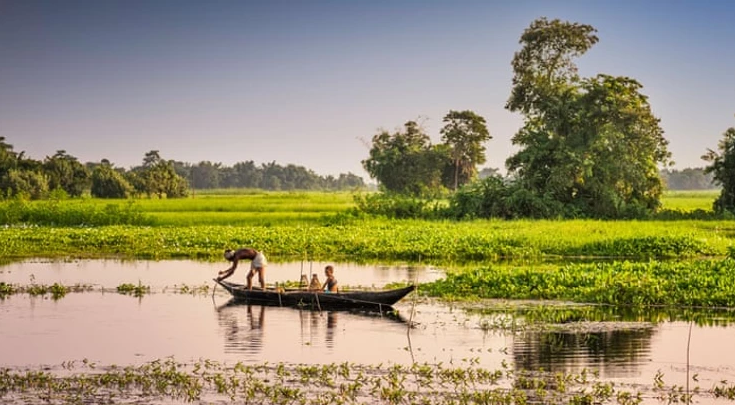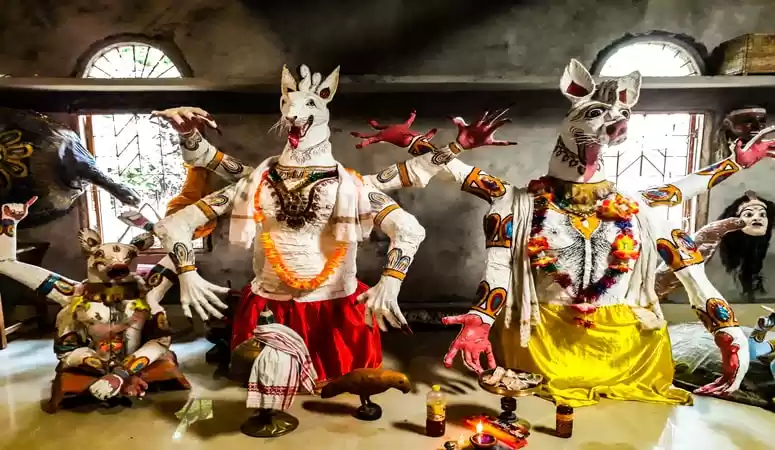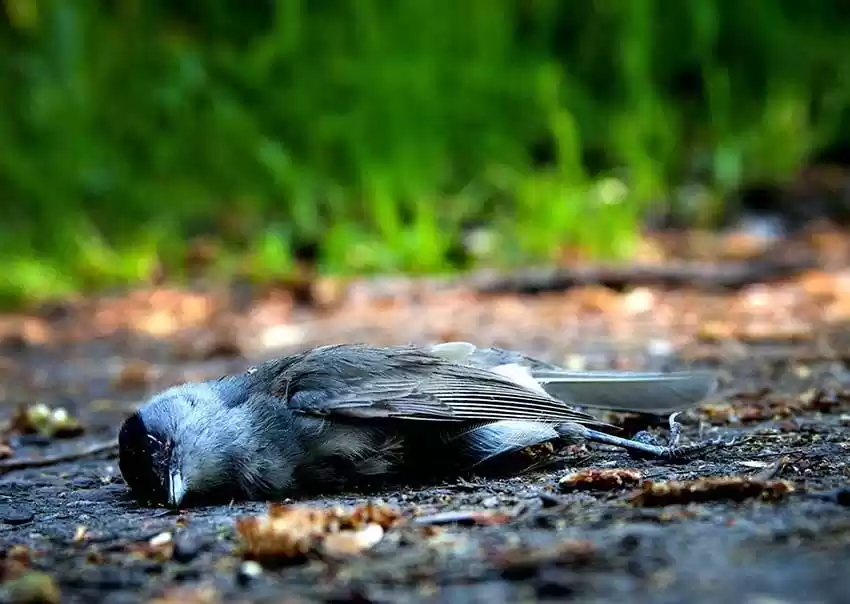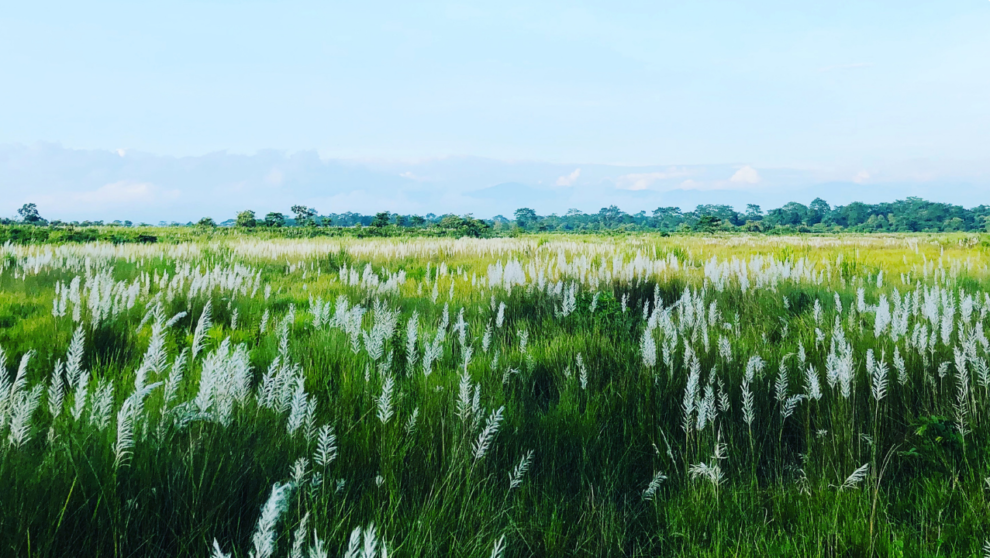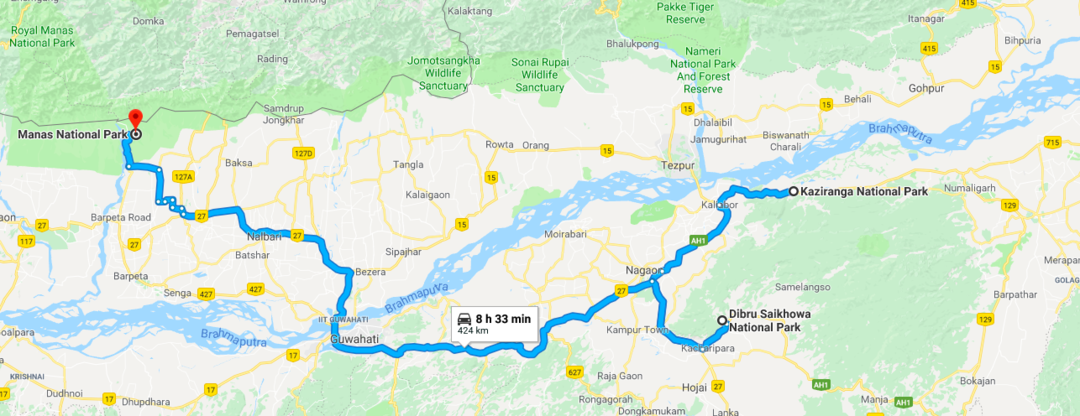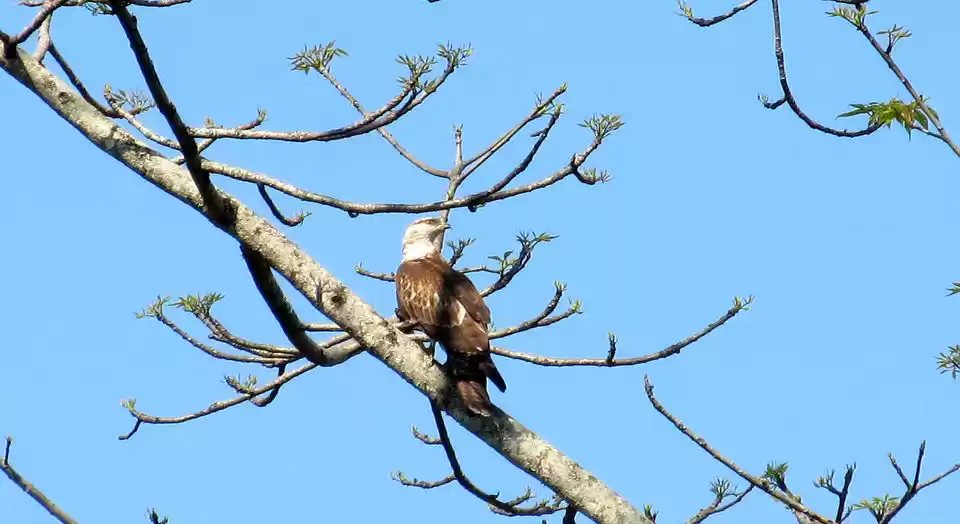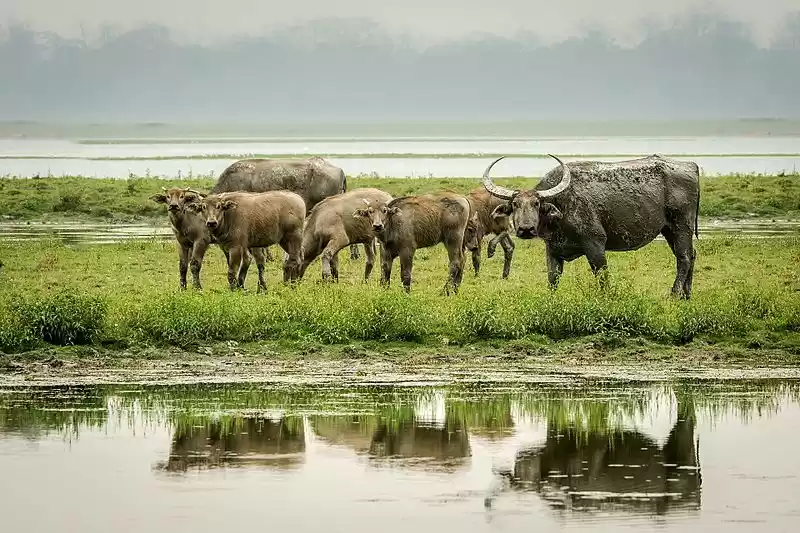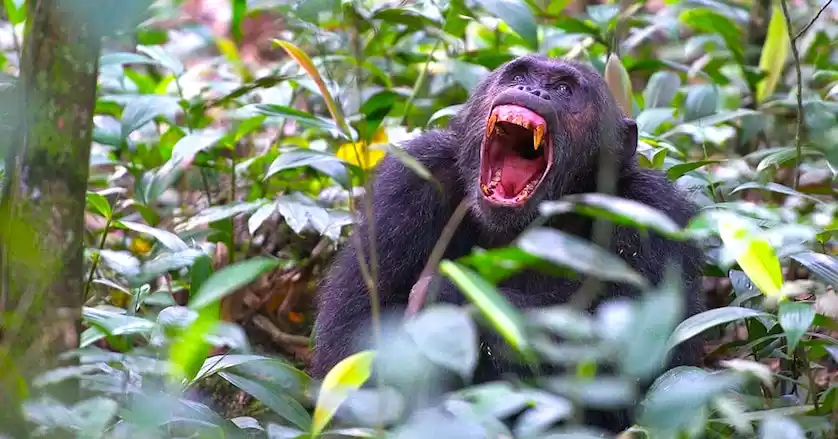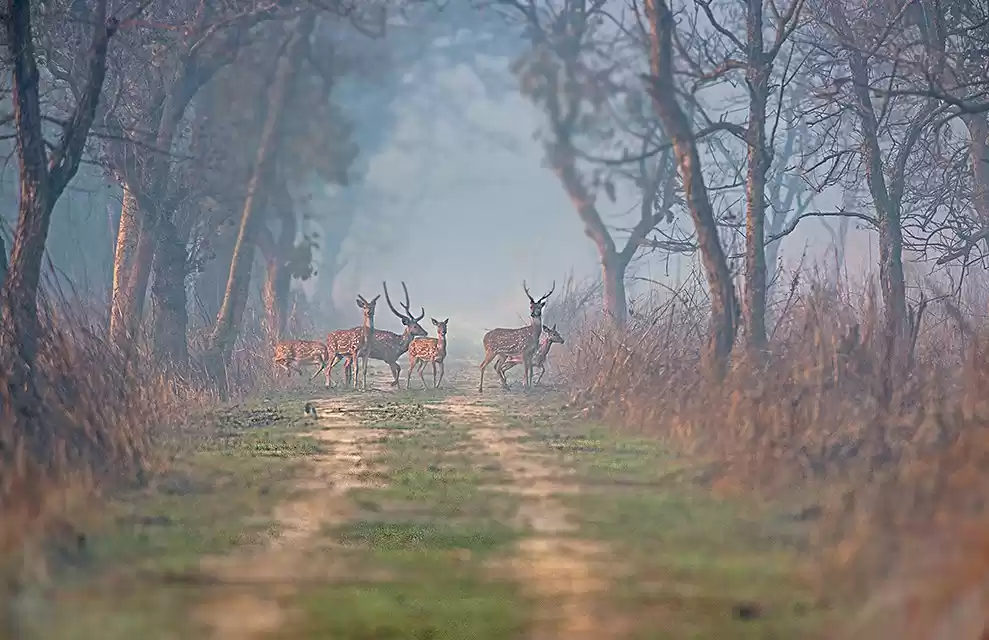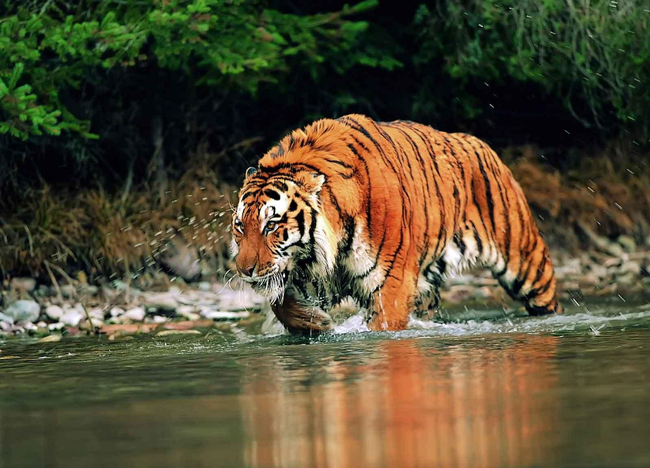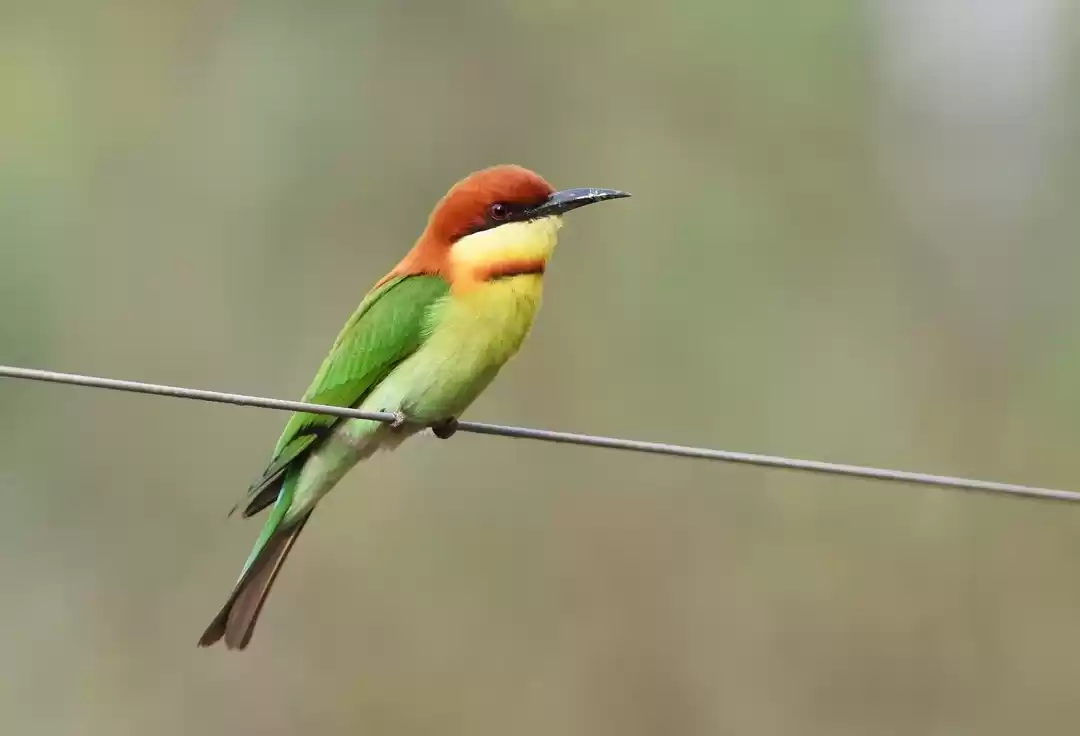Manas National Park has always been our family's first love. After all, I met my better half here and we spent three long years after our marriage near the park. Though we bade adieu to Barpeta Road, the nearest transit town to Manas but we never said farewell to Manas. Instead, we carried it with us. In our heart. Eventually, Neel, my son came and the return to the park was postponed for several times. Though we traveled and visited other places, our hearts longed to visit Manas. We chatted with each other, hubby and I and sighed to show the places at Manas to our son, who is equally enthusiastic for road trips and vacations.
Finally, the first week of March gave us the much-needed trip to Manas. All three of us were excited about it and the whole journey was filled with laughter and squeals about the destination. We took jungle safari, spotted lots of wildlife, mingled with fringe villagers, and spent our time with the river generously. Neel played with the river while my better half introduced him to it and the jungle. After all, we never left Manas, we carry it in every day of our life.
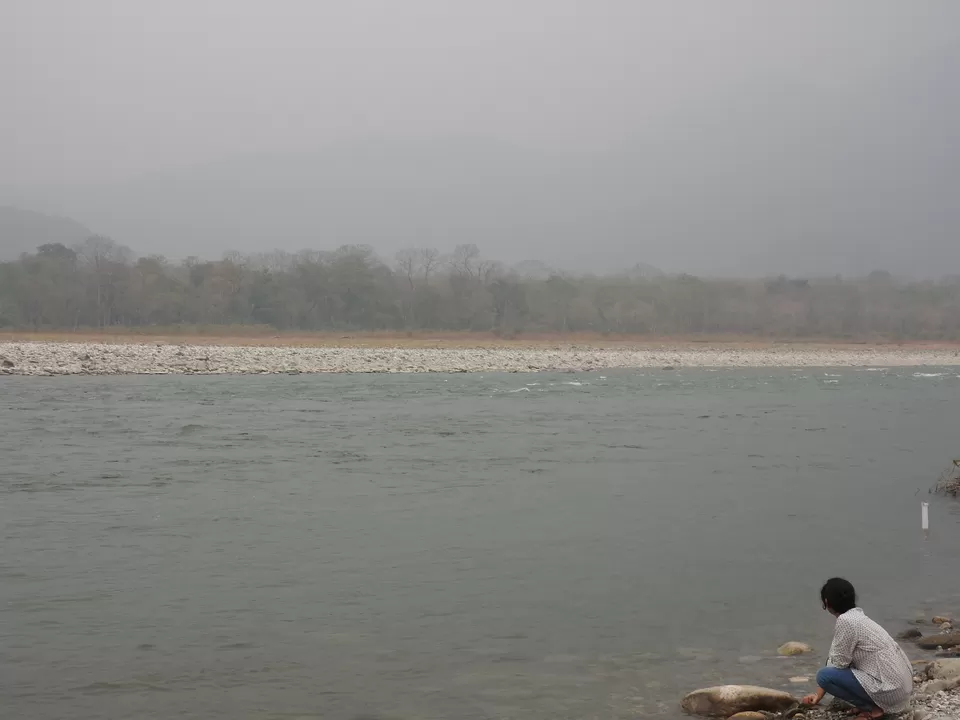
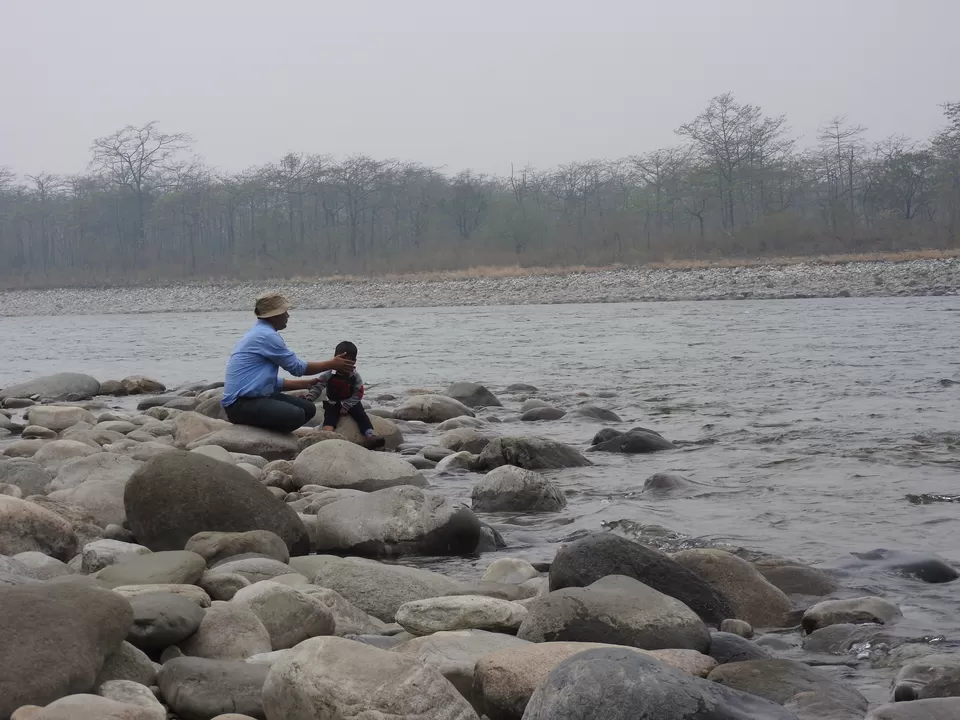
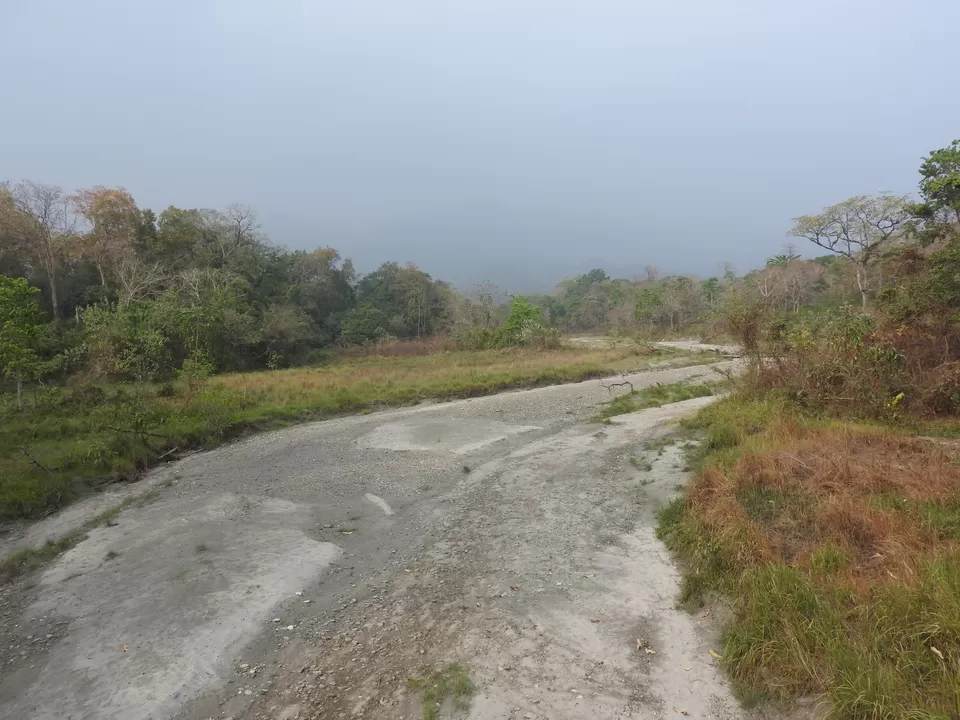
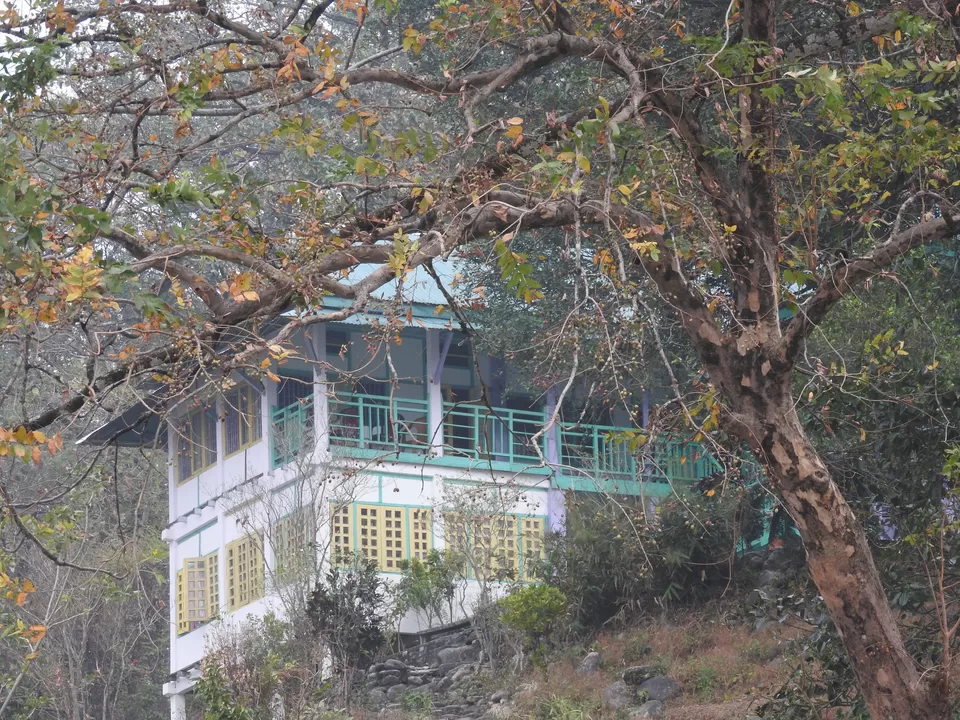
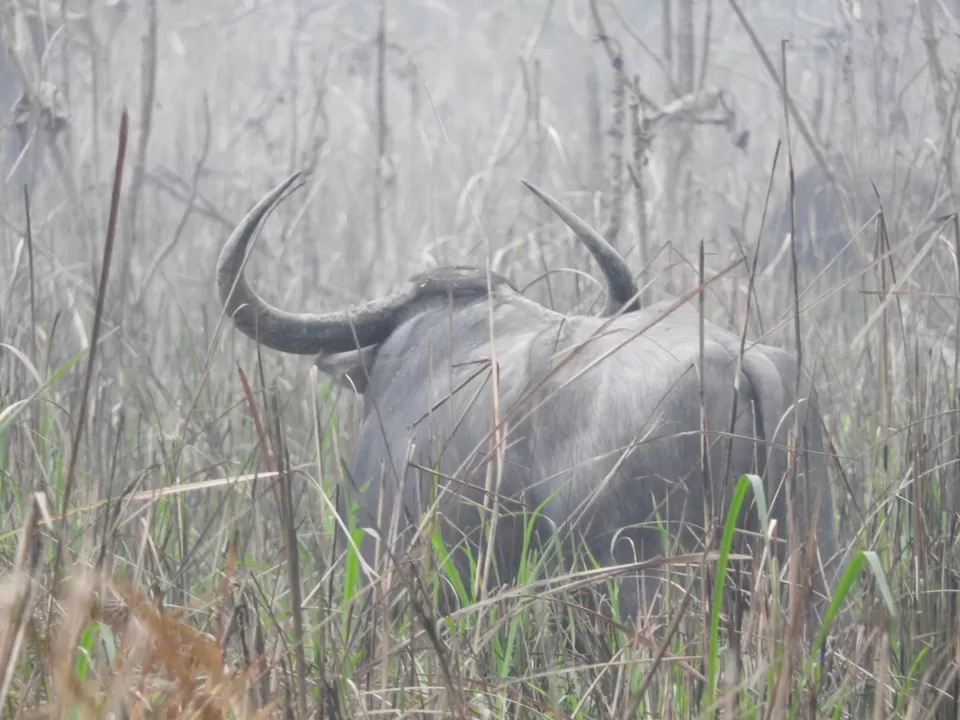
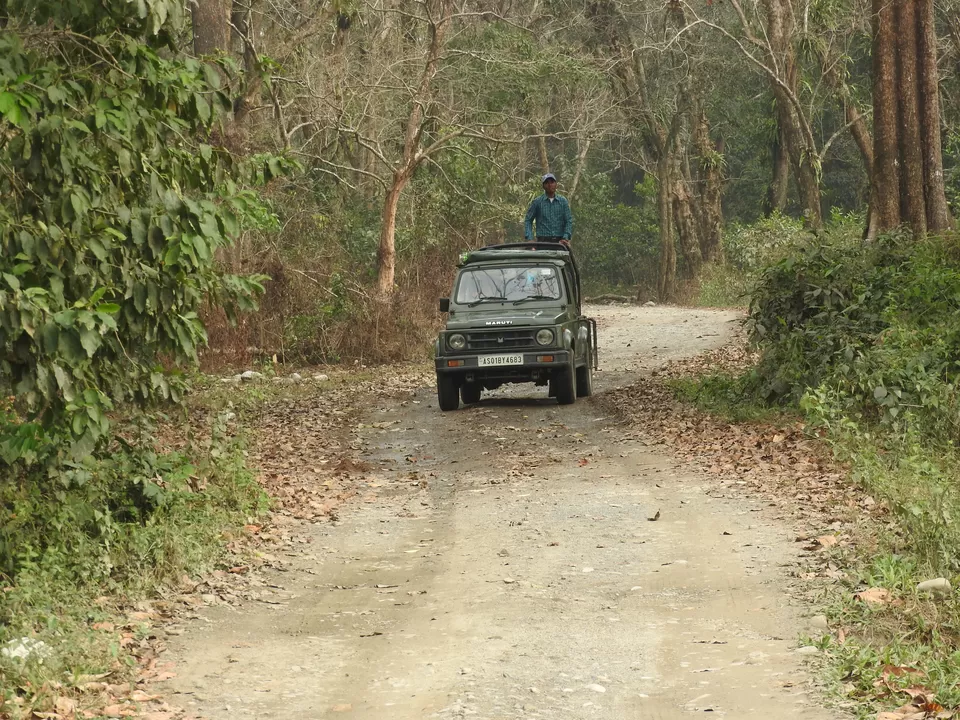
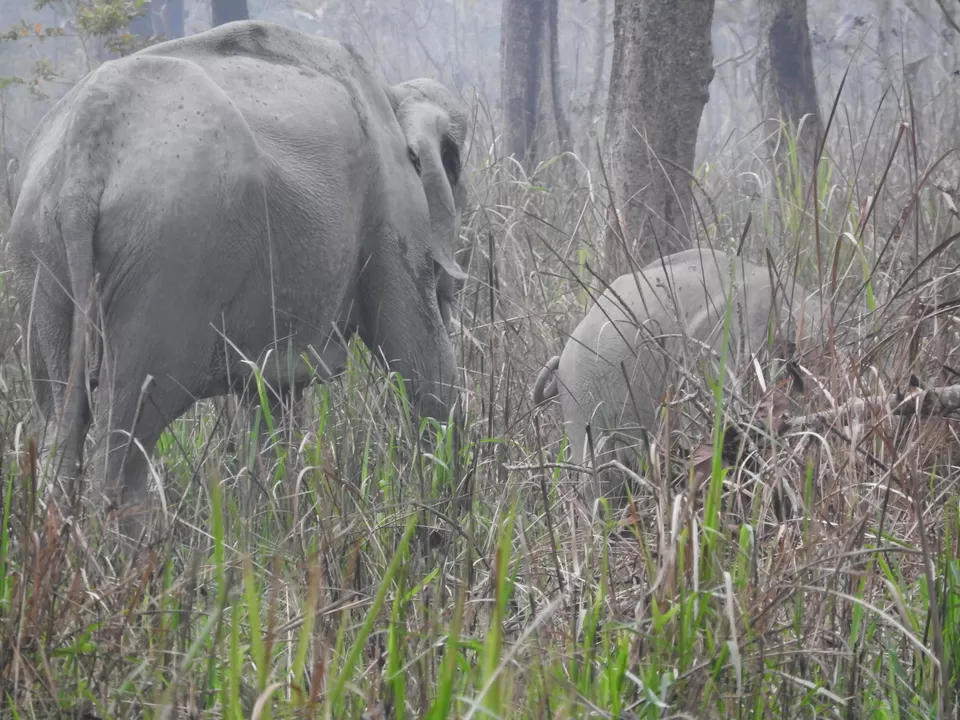
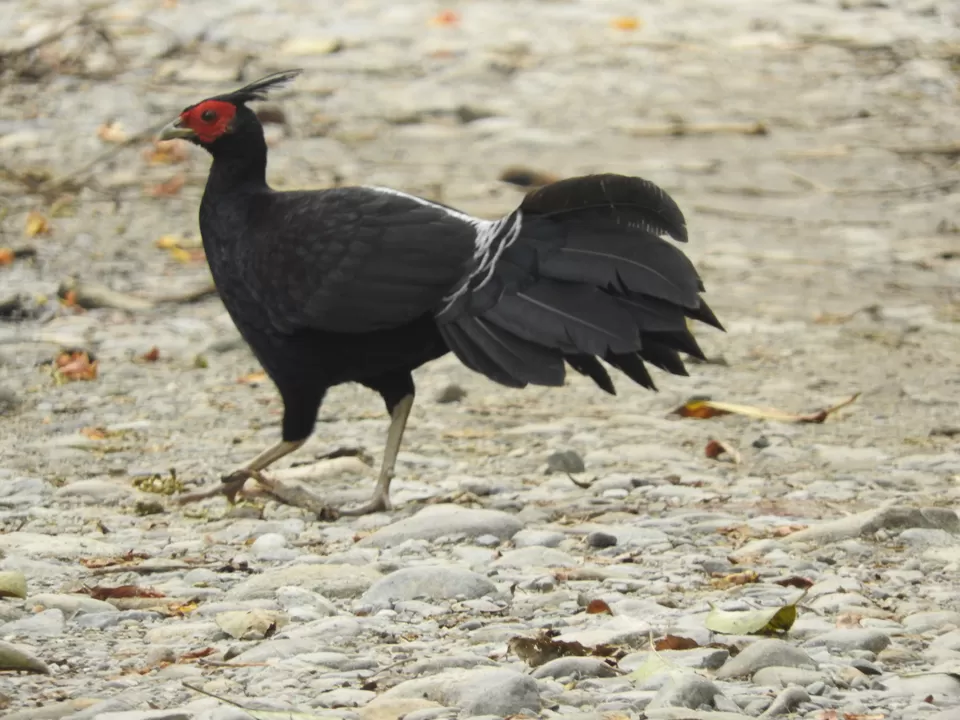
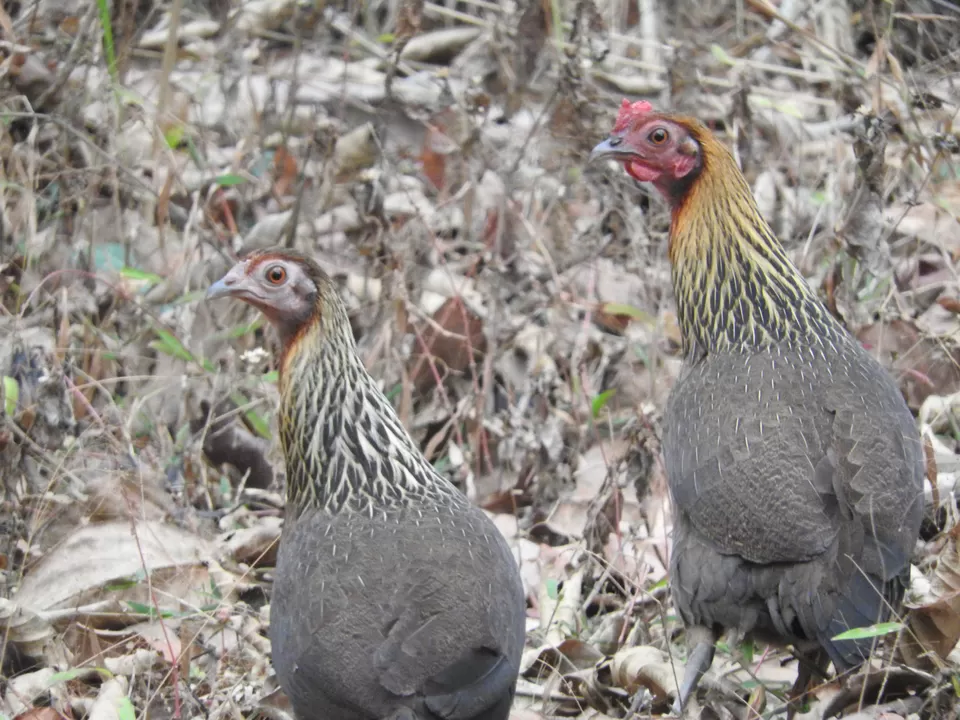
As the day we spent in Manas was a rainy one, peacocks were everywhere, waiting for the mates. We spotted swamp deer, sambar, wild elephants, wild buffalos, and rhinos. But the stars of the day were the birds. Hundreds of birds too graced us with their presences. If you want to visit this amazing place, here is the needed information.
Where is Manas National Park?
Manas National Park, situated in the Himalayan foothills near the Indian-Bhutan border, is a World Heritage Site. As they say in Manas, if you want to explore the wild, come here! Crowned with as many as five conservation statuses, Manas is home to 61 species of mammals, 354 species of birds, 42 species of reptiles, 9 species of amphibian, 79 species of fish and more than 187 species of butterfly and 100 species of invertebrates. It has more than 600 species from plant kingdom making it one of the suitable habitat of wildlife wonders.
The park boasts of having the largest number of Scheduled-I species than any other Protected Areas (PAs) in India. It is home to 21 species of mammals which are highly endangered. Among these 21 species, 3 are restricted to only Manas and its immediate locality. They are Golden Languor, Pygmy Hog, and Hispid hare, which are exclusively endemic to the Manas National Park. All three animals are also included in the critically endangered list of the IUCN Red Data Book. World’s 80% of endangered Bengal Florican resides at Manas. It is also home to Wild Buffalos and Asiatic Elephants, Assam Roof Turtle etc.
The park is divided into three main ranges and several bits for monitoring and protection. The main ranges are... Bahbari (central range), Panbaari (western range) and Bhuyapara (eastern range).
How to Reach Manas National Park?
Manas is best reached by roadways and railways. It is situated 176 KM far from Assam's capital city, Guwahati. Well connected by roads and railways, the nearest transit town and railway station is Barpeta Road. Barpeta Road also has the Field Director's office, Manas National Park. The central range of Manas National Park, Bahbari is situated 22 KM away from Barpeta Road. The nearest airport is Lokpriya Gopinath Bordoloi International Airport, Borjhar, Guwahati.
What is the Best Time to Visit Manas National Park?
The best time to visit Manas National Park is from October to April.
Accommodation and Safari cost at Manas National Park
There are several private as well as Govt resorts at Bahbari and Bhuyapara ranges where you can stay and take a safari to Manas National Park. The packages start from 3,500 Indian Rupees.
What to see at Manas National Park
Manas is home to 61 species of mammals, 354 species of birds, 42 species of reptiles, 9 species of amphibian, 79 species of fish and more than 187 species of butterfly and 100 species of invertebrates. It has more than 600 species from plant kingdom making it one of the suitable habitat of wildlife wonders.
The park boasts to have the largest number of Scheduled-I species than any other Protected Areas (PAs) in India. It is home to 21 species of mammals which are highly endangered. Among these 21 species, 3 are restricted to only Manas and its immediate locality. They are Golden Languor, Pygmy Hog and Hispid hare, which are exclusively endemic to the Manas National Park. All three animals are also included in the critically endangered list of the IUCN Red Data Book. World’s 80% of endangered Bengal Florican resides at Manas. It is also home to Wild Buffalos and Asiatic Elephants, Assam Roof Turtle etc.
You can do-
1. Jungle Safari
2. River Rafting
Frequent searches leading to this page:-
guwahati shillong kaziranga tour packages, Manas, Nameri & Kaziranga Tour Package - 6 Nights & 7 Days, Manas National Park Tour, Manas National Park Tour Packages







